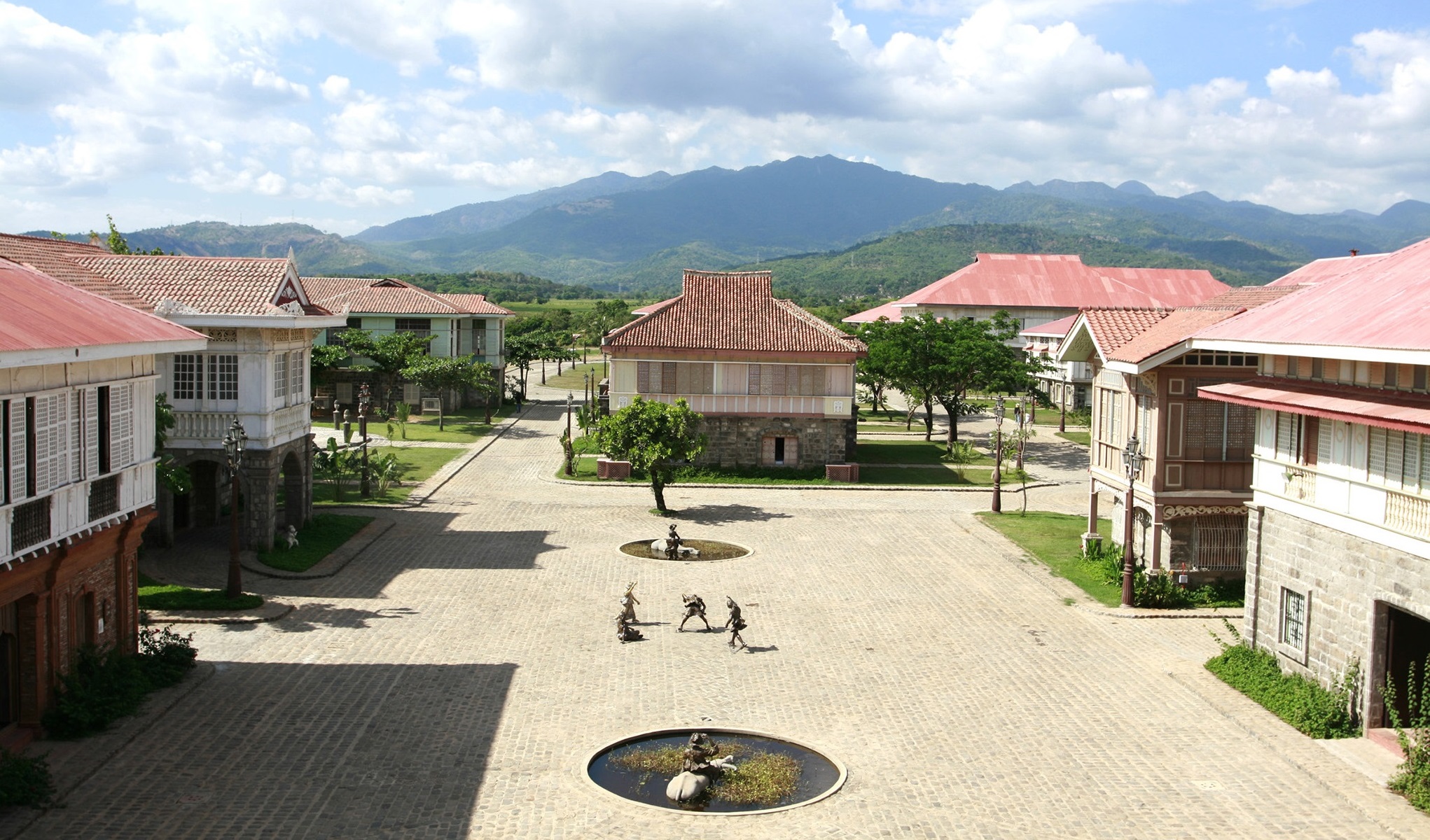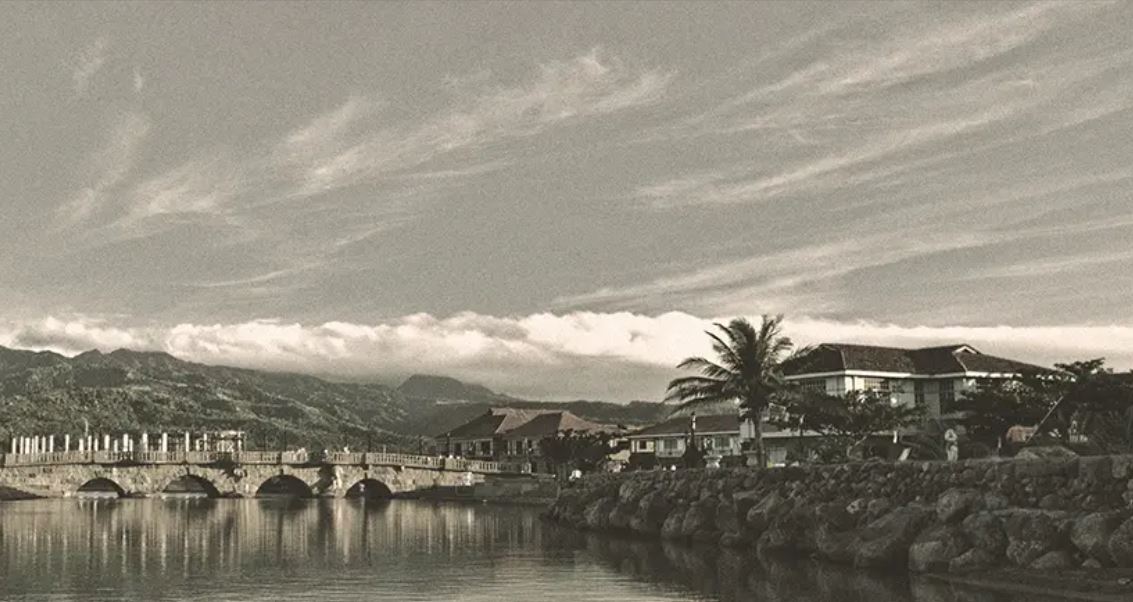Receive for Free - Discover & Explore eNewsletter monthly with advance notice of special offers, packages, and insider savings from 10% - 30% off Best Available Rates at selected hotels.
history
Discover Las Casas Filipinas de Acuzar, which is comprised of 20 different “heritage houses” that represent aspects of Filipino history.
Las Casas Filipinas de Acuzar, a member of Historic Hotels Worldwide since 2017, dates back to 1780.
VIEW TIMELINE
Las Casas Filipinas de Acuzar wins Best Historic Hotel in Asia & the Pacific
Founder and owner of Las Casas Filipinas de Acuzar, Mr. Jerry Acuzar expressed his gratitude for the recognition given by Historic Hotels Worldwide in 2021.
WATCH NOWComprised of several dozen “heritage houses,” each building at Las Casas Filipinas de Acuzar represents an aspect of national Filipino history. The collection of buildings were specifically chosen based on their individual cultural, historical, and architectural features. They range in style from mansions to wooden stilt houses. The resort itself is designed to resemble a historic Filipino town, offering visitors a taste of the Philippine’s past come to life. The buildings were acquired and transported from varying locations across the country. Each historic structure has been carefully restored. The structures were meticulously dismantled before being reassembled by a skilled group of architects. In cases where an authentic reconstruction was not possible, materials that were as close to the original were used to complete the project. Needless to say, each building’s legacy is as unique as its architecture. Some of the most notable houses onsite include, Casa Candaba, Casa Lubao, Casa Hidalgo, and Casa Bizantina. Built in 1780, this is the most historic documented building in the resort. It originally served as the Spanish Governor’s home when he would visit the town of Pampanga. Casa Hidalgo itself was designed by Felix Roxas y Arroyo in 1867. He was the first Filipino to practice architecture in the Philippines. Owned by Rafael Enriquez, the house was considered the most elegant during the Spanish Colonial era. The house held classes for the University of the Philippines until 1926, where Enriquez served as a professor and later its first director of the School of Fine Arts. Also known as the “Don Lorenzo del Rosario House,” Casa Bizantina was designed by Catalan architect Joan Josep Jose Hervas y Arizmendi in 1890. It was the first home of the University of Manila in 1914. And the wonderful Casa Lubao was constructed in 1920 right after the conclusion of World War I. Its original purpose was actually for the storage of sugar and rice. But during World War II, the Japanese used it as a military outpost.
Las Casas Filipinas de Acuzar was born from the genius of real estate magnate José “Jerry” Acuzar. In 2003, he decided to open an estate just outside of his hometown of Balanga in the Bataan region. Acuzar ultimately settled upon a 400-hectacre tract of land near the fishing village of Bagac, building a quaint manor home and a series of small cottages. Five years later, Acuzar was fatefully offered parts of a historic home from the Gagayan Valley. He subsequently dismantled and reconstructed the building on his estate in an effort to restore it back to its former glory. In no time, he was offered heritage homes that were being sold. Using the same method of dismantle, relocate, and rebuild, Acuzar brought the heritage homes to his estate. While the estate remained private, more people heard about what he was doing and wanted to see his reconstructed heritage houses. Acuzar saw an opportunity to make the location accessible to the public. To continue financing his work in restoring the heritage houses, Acuzar debuted his private estate as a beach resort. Calling the facility “Las Casas Filipinas de Acuzar,” the new retreat finally opened its doors in 2010. As Acuzar grew his team of artisans, the destination gradually expanded into 63 heritage homes and 34 structures built in the style of the historic houses on-site. Las Casas Filipinas de Acuzar has since established itself as one of the most luxurious holiday destinations in the world, hosting hundreds of enthusiastic cultural heritage travelers every year. The work accomplished by Acuzar and his team had earned the resort great praise, too, even being recognized for their continued stewardship by the Philippine Department of Tourism. Historic Hotels Worldwide also bestowed the resort with its Award of Excellence for “Best Historic Hotel in Asia/Pacific” in 2021. A member of Historic Hotels of America since 2017, this fantastic historic resort is truly a fascinating place to experience.
-
About the Location +
Las Casas Filipinas de Acuzar is located along the West Philippine Sea in the pastoral fishing village of Bagac. Bagac itself is part of the historic province of Bataan, situated some three hours away by car from the Filipino capital of Manila. When the Spanish first arrived in the late 16th century, the site of modern-day Bataan was already part of a sprawling kingdom known as the Capampangan Empire. Over time, the region was gradually integrated into the greater colony of the Spanish Philippines, with colonial governor Pedro Manuel de Arandía Santisteban officially decreeing it as a royal province in the 1750s. Nevertheless, the area has had its fair share of fascinating historical moments. The notorious Chinese pirate Limahong launched his ill-fated conquest of the Philippines from the area, while the Dutch targeted Bataan in its own abortive quest to capture the archipelago. However, its most famous event transpired in the middle of World War II. Mere hours after Japan’s attack on Pearl Harbor, thousands of Imperial Japanese soldiers invaded the Philippines. Then a protectorate of the United States, General Douglas A. MacArthur struggled vainly to defend the islands with his poorly equipped Filipino and American military units. MacArthur quickly realized a defense of the main island of Luzon was impossible and withdrew his garrison to Bataan. The Japanese nonetheless engaged the combined Allied army and besieged for nearly three months, starting in January 1942. A series of brutal battles followed that eventually forced the beleaguered units under MacArthur’s command to surrender on April 9. MacArthur himself escaped the trap only a couple weeks earlier, fleeing to Australia while avowing to return one day. The Japanese then instigated the notorious Bataan Death March—a 66-mile-long marathon that the Filipino and American soldiers were forced to make toward their prison camps. Numerous prisoners died along the way due to the harsh treatment enacted by the Japanese, including outright executions. Despite the difficult legacy the march has left behind, Bataan has long since healed from the devastating conflict. Many memorials now reside throughout the region that pay tribute to the battle, and there is even a special “Japan—Philippines Friendship Tower” right in downtown Bagac.
-
About the Architecture +
The most common architectural style seen among the historic structures that form Las Casas de Filipinas de Acuzar is an interesting aesthetic known as “bahay na bato.” Developed from the iconic “bahay kubo”—or “nipa hut”—style, bahay na bato was an interesting mixture of Spanish, Chinese, and native design motifs. Long a major center for trade in Southeast Asia, the Philippines had attracted all kinds of foreign merchants, namely the Chinese. Numerous Spanish settlers also flooded into the Philippines following the conquest of the island chain by Miguel López de Legazpi, bringing their own society’s architectural preferences with them. They developed unique buildings in many Filipino communities that gradually got absorbed into the greater local architectural styles. The end result was a beautiful art form that permeated throughout Filipino culture for generations. The most common iteration of a building featuring bahay na bato is a sizeable two-story structure with the more ornate details fixed on the top level. Architects would cover the section with a combination of gorgeous balustrades, ventanillas, and capiz shell sliding windows. Interior floorplans also embraced concepts of open space for better ventilation that could accommodate the harsh tropical climate of the Philippines. The first level was far humbler, built using strong wooden pillars and Spanish-inspired masonry. This simplicity was embraced for its intention to make the ground floor a storefront or personal warehouse—the second level was where the living quarters and entertainment rooms were located. Chinese tiles or thatching typically constituted the roofs, as well, which featured a gradual slop toward the street. Minor American architectural influences later affected the bahay na bato designs once the United States conquered the Philippine archipelago during the late 19th century. The changes were specifically felt among the set of public schools that American architect William Parsons developed at the behest of the Filipino people in the early 1900s. Indeed, the facilities—now known as “Gabaldon” schools—featured the American take on the bahay na bato. Today, the bahay na bato architectural style is a major source of pride in the Philippines, as many of those structures are cherished as historical landmarks.

























